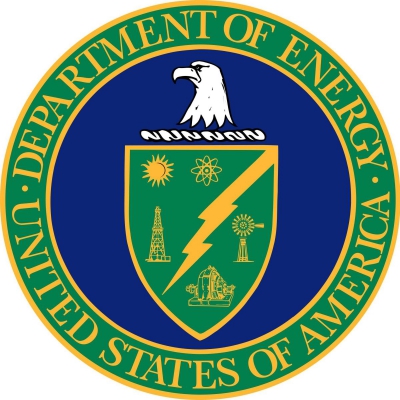Mercury is a chemical element with the symbol Hg and atomic number 80. It is commonly known as quicksilver and was formerly named hydrargyrum ( hy-DRAR-jr-m) from the Greek words, hydor (water) and argyros (silver). A heavy, silvery d-block element, mercury is the only metallic element that is known to be liquid at standard conditions for temperature and pressure; the only other element that is liquid under these conditions is the halogen bromine, though metals such as caesium, gallium, and rubidium melt just above room temperature.
Mercury occurs in deposits throughout the world mostly as cinnabar (mercuric sulfide). The red pigment vermilion is obtained by grinding natural cinnabar or synthetic mercuric sulfide.
Mercury is used in thermometers, barometers, manometers, sphygmomanometers, float valves, mercury switches, mercury relays, fluorescent lamps and other devices, though concerns about the element's toxicity have led to mercury thermometers and sphygmomanometers being largely phased out in clinical environments in favor of alternatives such as alcohol- or galinstan-filled glass thermometers and thermistor- or infrared-based electronic instruments. Likewise, mechanical pressure gauges and electronic strain gauge sensors have replaced mercury sphygmomanometers.
Mercury remains in use in scientific research applications and in amalgam for dental restoration in some locales. It is also used in fluorescent lighting. Electricity passed through mercury vapor in a fluorescent lamp produces short-wave ultraviolet light, which then causes the phosphor in the tube to fluoresce, making visible light.
Mercury poisoning can result from exposure to water-soluble forms of mercury (such as mercuric chloride or methylmercury), by inhalation of mercury vapor, or by ingesting any form of mercury.
The United States Department of Energy (DOE) is a cabinet-level department of the United States government concerned with matters of federal energy policy and the safe handling of nuclear material. The DOE is responsible for the U.S. nuclear weapons program, nuclear reactor production for the United States Navy, energy-related research, and domestic energy production and energy conservation.
The DOE sponsors more research in the physical sciences than any other U.S. federal agency, the majority of which is conducted through its system of National Laboratories. The DOE also directs research in genomics, with the Human Genome Project originating from a DOE initiative.Since February 25, 2021, Jennifer Granholm has led the department as United States Secretary of Energy. The department's headquarters are located in Southwest Washington, D.C., in the James V. Forrestal Building, as well as in Germantown, Maryland.

1983May, 17
The U.S. Department of Energy declassifies documents showing world's largest mercury pollution event in Oak Ridge, Tennessee (ultimately found to be 4.2 million pounds), in response to the Appalachian Observer's Freedom of Information Act request.
Choose Another Date
Events on 1983
- 24Feb
Japanese American internment
A special commission of the United States Congress condemns the Japanese American internment during World War II. - 19Jul
CT scan
The first three-dimensional reconstruction of a human head in a CT is published. - 24Jul
Sri Lankan Civil War
The Black July anti-Tamil riots begin in Sri Lanka, killing between 400 and 3,000. Black July is generally regarded as the beginning of the Sri Lankan Civil War. - 1Sep
Korean Air Lines Flight 007
Cold War: Korean Air Lines Flight 007 is shot down by a Soviet Union jet fighter when the commercial aircraft enters Soviet airspace, killing all 269 on board, including Congressman Lawrence McDonald. - 12Sep
Los Macheteros
A Wells Fargo depot in West Hartford, Connecticut, United States, is robbed of approximately US$7 million by Los Macheteros.

 English
English  español
español  français
français  português
português  русский
русский  العربية
العربية  简体中文
简体中文 